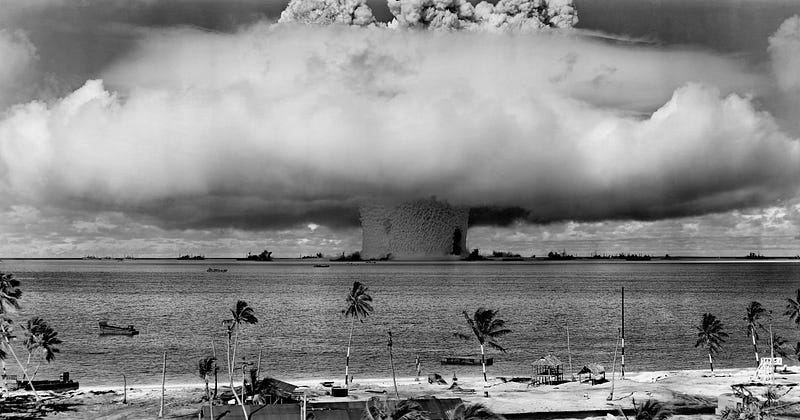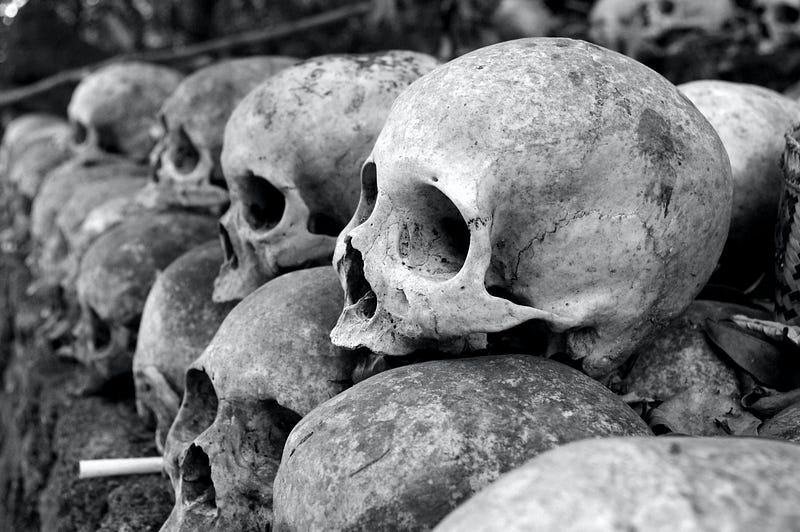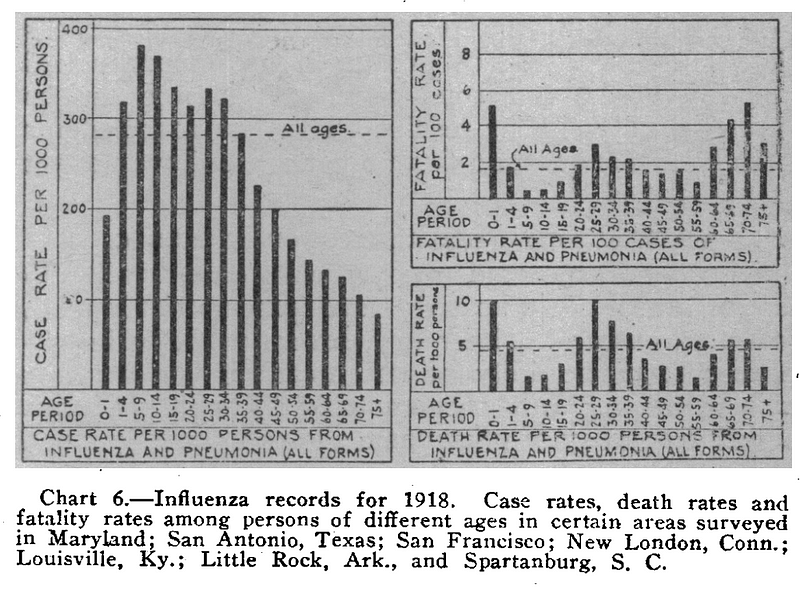Has Covid-19 Outpaced the 1918 Influenza Pandemic?
Written on
Chapter 1: Introduction to Pandemic Comparisons
Since March 2020, one of the most frequent discussions has revolved around the comparison between Covid-19 and the 1918 influenza pandemic, often referred to as the “Spanish flu.” Although there have been other pandemics throughout modern history, none have had the lasting impact that the 1918 flu did, which many view as one of the gravest calamities in recent human history. While comparisons can be subjective and imperfect, the severity of the 1918 influenza pandemic arguably eclipsed that of any war or natural disaster recorded thus far. This raises the question: has Covid-19 been equally devastating, or perhaps even more so?

Chapter 1.1: The Difficulty of Measurement
Addressing this inquiry is not straightforward. There isn’t a singular metric that can definitively assess the severity of these disparate events. Nonetheless, it can be argued that, based on certain metrics, Covid-19 may have had a greater impact than the 1918 pandemic.
To understand this, let’s examine some key statistics.
Section 1.1.1: The 1918 Influenza Pandemic's Death Toll
One significant challenge is the uncertainty surrounding the death toll from the 1918 influenza pandemic. In the early 1900s, the systems for reporting and registering deaths were not as developed as they are today. It wasn't until many years after 1918 that researchers successfully isolated the virus responsible for influenza. Consequently, mortality counts from the 1918 pandemic rely on a mix of documented deaths from select regions and various assumptions regarding the overall death toll.
Typically, it is cited that approximately 675,000 people in the United States succumbed to the 1918/19 influenza pandemic. This figure reflects the mortality over a two-year period, during which the “Spanish flu” was prevalent, although it is important to note that testing for the virus was not conducted at that time.

Chapter 1.2: Contrasting Death Rates
When we compare the sheer number of deaths from the 1918 pandemic to those from Covid-19, it’s clear that Covid-19 has surpassed the earlier figures in the U.S. not long ago and is projected to reach at least 1 million deaths. However, this perspective can be misleading. The U.S. population in 1918 was just over 100 million, whereas today it is closer to 330 million. A more equitable comparison would be to assess the death rates relative to the overall population. The 1918 pandemic resulted in about 6.5 deaths per 1,000 individuals, while Covid-19 has caused around 2.8 deaths per 1,000.
Does this imply that the 1918 outbreak was twice as deadly in the U.S.? The situation is more nuanced.
Section 1.2.1: The Age Factor
A significant complexity arises from the age distribution of deaths during the two pandemics. Covid-19 tends to have a pronounced age-related increase in mortality risk, similar to seasonal influenza. In contrast, the 1918 pandemic exhibited unexpectedly high death rates among younger adults, particularly those in their 20s, resulting in a death rate that was alarmingly close to that of individuals in their 60s.

Chapter 2: Medical Advances and Treatment
The advancements in medical science have profoundly influenced the outcomes of pandemics. During the 1918 pandemic, many treatments were ineffective or harmful, including excessive doses of aspirin and other dangerous substances. In contrast, the Covid-19 pandemic has benefited from significant medical progress, including vaccines and effective treatments like dexamethasone and fluvoxamine, which have collectively saved numerous lives.

The first video titled "How the Coronavirus Pandemic Compares to the Spanish Flu" from The New Yorker delves into the similarities and differences between these two historical health crises.
The second video, "Comparing the COVID-19 pandemic to the 1918 flu pandemic," provides further insights into the impact and management of both pandemics.
Conclusion: Reflecting on Historical Context
So, where does that leave us regarding the original question? Has Covid-19 been worse than the most catastrophic event in modern history?
Using basic death counts, the answer appears to be affirmative. However, when taking population into account, the answer shifts to negative. As we introduce layers of complexity, it seems that uncertainty prevails over any definitive conclusions.
Ultimately, it is worth noting that despite significant advancements in medicine over the past century—such as the advent of antibiotics, the development of ventilators, and the creation of effective vaccines—Covid-19's impact remains strikingly severe when juxtaposed with the 1918 flu. While we may have improved since then, the toll of Covid-19 highlights the ongoing challenges we face in managing pandemics.